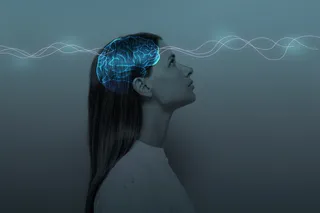Many adults can remember the days when their screen time was limited to Saturday morning cartoons, as well as their class’s weekly visit to the computer lab to play Oregon Trail. It was a quick half-hour of fatigued oxen, snakebites, and surprise bouts of dysentery.
Over the past few decades, screen time has expanded from an occasional treat to a full-day affair. People of all ages stare at screens for work, school, and entertainment. Within the last two decades, scientists have increasingly studied the impact of screen time on the brain.
But what happens when a person steps away from their screen? Researchers are discovering what happens neurologically when a person goes on a digital detox.
Read More: Understanding What People Do on Their Devices Is Key to Digital Well-Being
To learn more about how a person’s brain benefits from reduced screen time, scientists have been studying how phones, tablets, ...















